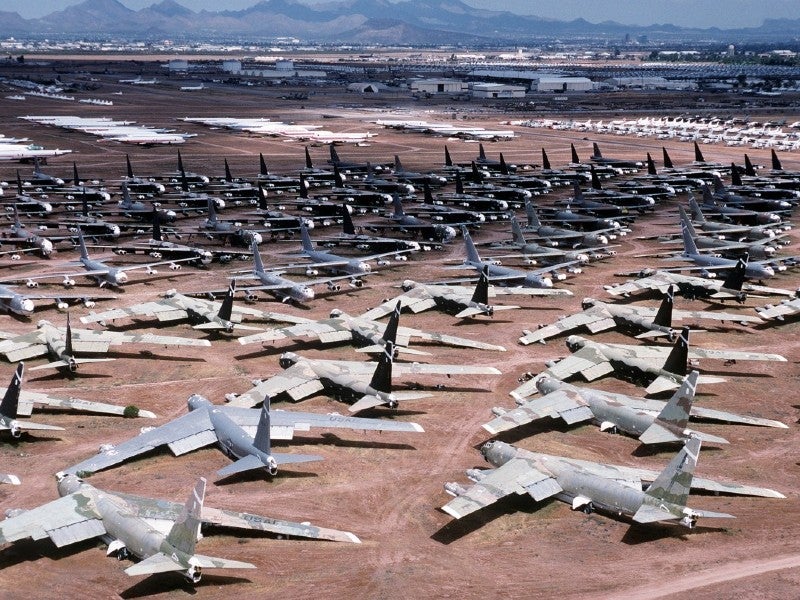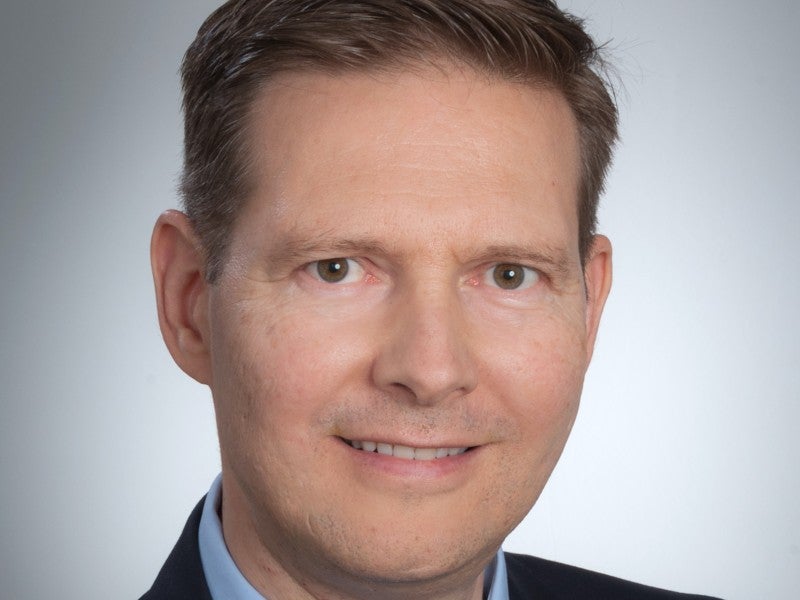
Sven Daniel Koechler is the managing principal and general manager of North American Aerospace Industries Corporation, a US provider of sustainable end-to-end aircraft recycling solutions. Late last year, the company revealed plans to build a $100m aircraft recycling facility in North Carolina, US.
The centre will be responsible for dismantling, painting and upcycling 95% of an aircraft’s parts and materials, which will be turned into new products ready to be sold back into the market. The plan could prove pivotal in light of the coronavirus pandemic, which is expected to increase the number of retired aircraft in the next decade.
Adele Berti: Why did you decide to build this new recycling facility in the US?
Sven Daniel Koechler: This is the first facility that we will build in the North American market. The US is the biggest market with an average retirement rate of above 600 aircraft a year, though it’s currently experiencing an increase of at least 10% to 15% due to the coronavirus pandemic.
We see this facility as an opportunity to shorten the supply chain by being closer to our customers. We are planning to dismantle aircraft in Kinston [North Carolina] and upcycle the materials gained from the aircraft in the surrounding areas, [which allows us] to cut the supply chain.
AB: What will its main features be?
SK: We’re going to build a hangar that is going to be one of the largest in the world – 130ft tall, 900ft long and 420ft wide. This could line up, for example, three 747-8 jumbo jets. The Global TransPark in North Carolina, where we will set up the facility, has the third-longest non-military runway [across] the entire US East Coast. All work will be done inside, which makes the quality of the gained spare parts higher and more environmentally friendly than if we would do everything outside.
AB: The bulk of your activities will be recycling and upcycling parts of the aircraft. What does this process entail?
SK: We will carry out the dismantling process inside the airport and then the upcycling process at facilities that are located around the airport. The hangar is pretty long. We will have three different workstations that include a disassembly line, so we can work on three aircraft at the same time. This makes it much more efficient than any other facility around the world. We’re going to be able to strip 70 aircraft sustainably per year.
AB: What are some of the products you manufacture out of aircraft parts?
SK: For example, in the past we have taken leather from the aircraft seats and converted it into shoes. We use aluminium to make sheds, window frames, doors – you can make almost everything out of it.
AB: And this happens in loco?
SK: Yes. We will be running several facilities in the area. One is based at the airport and is purely aviation-related, responsible for the dismantling of the aircraft. We’re also going to set up a maintenance, repair and operations shop and right next to it we’ll have a paint shop. Then, we’ll take the material that we gain from dismantling [aircraft] out of the airport and there are going to be several facilities working on the upcycling of the end material.
For example, we work with the Eastern Carolina Vocational Center, a non-profit organisation that recycles plastic and aluminium. People there are disabled, veterans and so on and we support them by giving them scrap materials that they can upcycle. We have a strong commitment to the Kinston community in North Carolina.

AB: What are the benefits of recycling aircraft in this way?
SK: Aircraft owners, operators and leasing companies benefit greatly from recycling aircraft quickly. They save on parking fees and expensive insurance once the aircraft is de-registered.
Also, spare parts reused immediately after an aircraft’s final journey retain the highest value in the marketplace. We take them out pretty fast and ship them back to the owner. Sustainability is also a major point for us. Almost nothing of the aircraft is going to waste so we upcycle almost everything.
AB: What is the aircraft boneyards market like right now?
SK: There are an estimated 12,000 to 17,000 aircraft expected to be decommissioned globally before 2030, and the Covid-19 pandemic that grounded thousands of aircraft will add to this number.
Also, there are huge boneyards throughout Europe, the US and in other parts of the world. They are filling up very quickly. Establishing new aircraft parking locations is becoming increasingly difficult because of the environmental aspect.
Aircraft leasing companies and operators are paying parking fees, insurance and maintenance for the parked aircraft they want to get rid of. Also, [sustainability] is a major goal. If you have ever looked at one of these aircraft boneyards, the waste of materials is unbelievable.
AB: This is mainly a problem in Europe and the US?
SK: The US is by far the biggest market with an estimated 7,500 commercial aircraft. Currently, the second biggest is China, but China has newer planes than the Americans so the issue is particularly problematic in the US.
AB: How is your model helping to solve this issue once and for all?
SK: We help to reduce the number of parked aircraft quickly. We help retain value parts and value for the owner through our recycling and upcycling activity; we reduce their costs and protect the environment. Our proprietary recycling process enables us to recycle an aircraft quicker than all the others. We are aiming to recycle up to 70 narrow-body aircraft a year.

AB: How is coronavirus impacting your business?
SK: We’re still on track to break ground for the new facility in Kinston this summer and have plans to be operational before the third quarter of 2021.
AB: What’s your company’s plans for the future?
SK: We made a commitment to Lenoir County where the facility is going to be based and where we’re going to be hiring and training local people and the region’s workforce. We anticipate hiring roughly 450 to 500 people.
We’ll be starting our own workforce training programme together with the Lenoir Community College. We will also establish smaller production facilities around the airport to upcycle the aircraft materials locally and manufacture new products. In the end, we are also planning to build a residential campus where the employees can live close to the facility.




